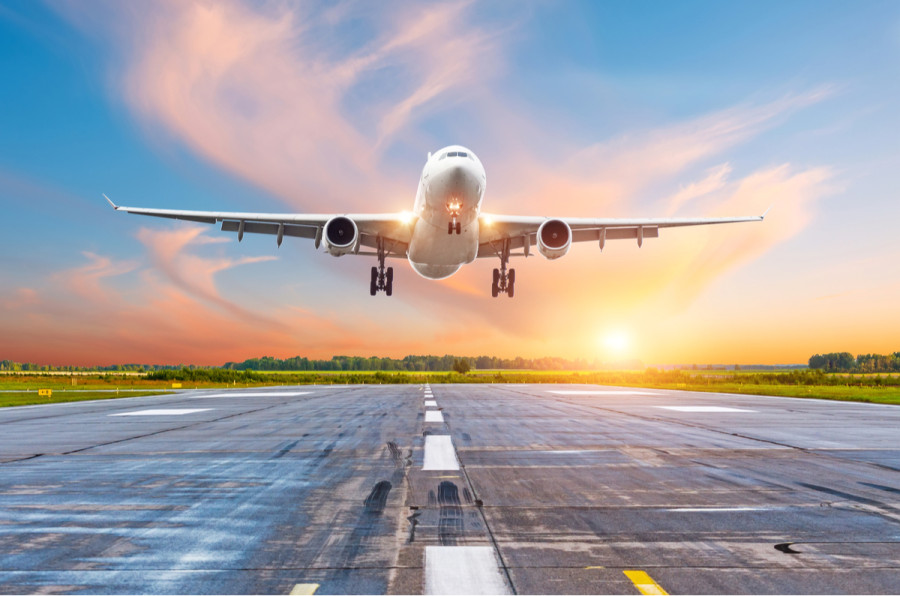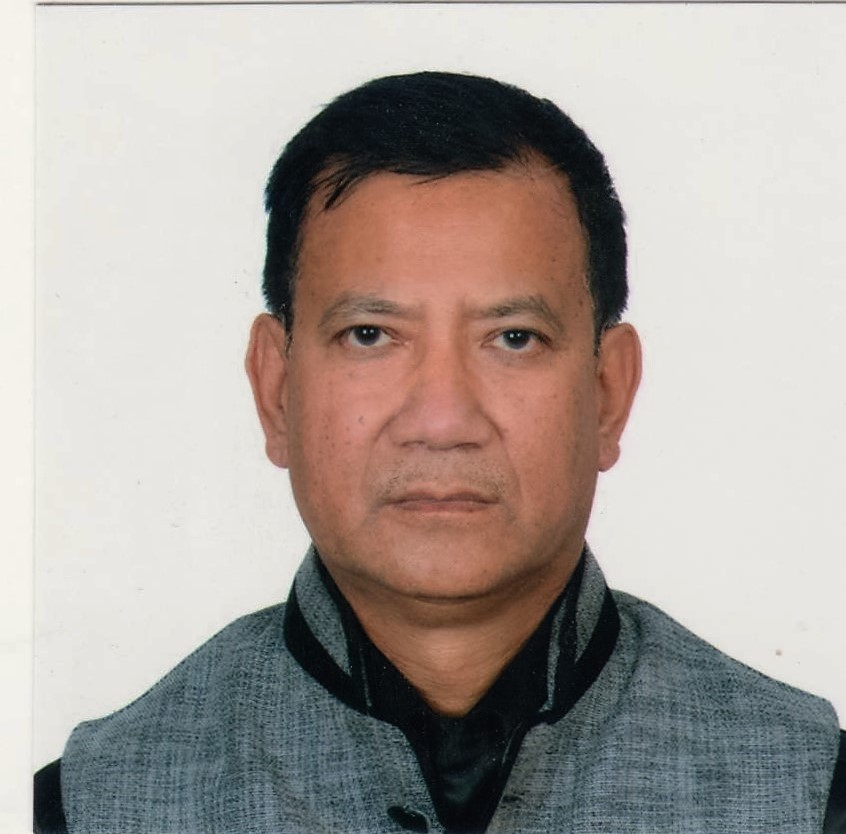Columns
Air travel is safer than ever before
There has been an incredible advancement in technology in the global aviation system, but humans still play a vital role.
Tri Ratna Manandhar
The 36th Asia Pacific Regional Meeting of the International Federation of Air Traffic Controllers Association is slated to be held in Kathmandu from November 21-23. Hosted by the Nepal Air Traffic Controllers Association, the theme of the meeting is 'Human and Technology' which is quite pertinent in the present context of emerging concerns in hiring qualified human resources due to the rapid advancement in technology and the unprecedented growth of global aviation. The International Federation of Air Traffic Controllers Association was established in 1961 and has more than 50,000 members in over 130 countries.
There has been an incredible advancement in technology in the global aviation system. But humans still play a vital role in managing the system, monitoring its performance, and intervening when necessary to ensure the desired system outcome. In the early days, safety concerns were focused on the technical perspective. The technical approach pursued for more than half a century was extremely successful in improving the safety and reliability of civil aviation.
In the mid-1970s, the realisation dawned that even the best designed technical safety defences might be inadequate against human error. This naturally shifted the thinking back to the human perspective. It was believed that individual performance could be improved through training and regulation, and that replacing human functions with machine functions would minimise human intervention and, thereby, minimise possible errors.
In the 1990s, it was understood that human performance does not take place in isolation, but within social contexts. Individual human behaviour is modelled after the behaviour that organisations foster and expect from their members. Therefore, safety concerns began to be addressed from the organisational perspective. Most importantly, we began to scrutinise the role of, and the relationship between, management and safety.
Methodical development in the aviation system produced a very positive impact on enhancing aviation safety, thereby reducing the accident rate. For example, in 1947, scheduled flights carried 21 million passengers. There were 34 fatal accidents in which 590 persons were killed. In 2018, the number of passengers had swelled to 4.3 billion on 46.1 million flights. But there were only 11 fatal accidents that resulted in 514 fatalities. This is really a remarkable achievement made possible through constant improvements in safety. Air transport has proved to be an extremely safe mode of mass transportation.
Present concerns
Cheap airfares triggered a substantial increase in the demand for air travel, which led to unprecedented growth in new aircraft orders. Subsequently, airport congestion, infrastructural constraints and a shortage of qualified manpower to deal with the increased workload became a common problem. The increased number of aircraft requires more professionals in critical areas such as pilots, air traffic controllers and maintenance engineers. Besides, advancement in technology means that they need to acquire higher technical competencies.
As per the International Civil Aviation Organisation, the number of airline passengers is expected to grow to about 10 billion by 2040, and the number of departures is projected to rise to some 90 million in 2040. The world’s major manufacturers delivered 1,606 new commercial aircraft in 2018 and recorded 1,640 new aircraft orders. The Asia-Pacific region has to manage the largest percentage of global traffic as it shares a third of all commercial flights each year. The growth rate in South Asia is even higher. The problem is expected to heighten as a large contingent of the current generation of aviation professionals will retire, access to affordable training and education is increasingly problematic, and a career in aviation is not attractive enough to potential candidates.
The International Civil Aviation Organisation has forecast that by 2036, the aviation industry will need 620,000 pilots, 125,000 air traffic controllers and 1.3 million aircraft maintenance personnel. To address the underlying problem, the UN specialised agency put forward the concept of the Next Generation Aviation Professional in 2009 to ensure that enough qualified and competent aviation professionals will be available to operate, manage and maintain the future international air transport system by attracting bright and deserving candidates.
In the cloud
Nepal's air traffic controllers have been able to form alliances and cooperation platforms with other associations, seek advice and suggestions when needed, access information regarding new technologies and procedures, compare working conditions, pay and technology, and gain a closer understanding of global air traffic control operations. This has given them an opportunity to get better exposure to international aviation forums.
Digital transformation, as a result of recent innovations in technology, has enabled people to access systems and infrastructure without having to procure, install and maintain costly equipment on the ground but basically in the cloud, that is relying on telecommunication and satellite-based mechanisms to perform the required service. Tremendous benefits can be achieved by the aviation community from such innovations, provided deserving human resources are adequately available.
***
What do you think?
Dear reader, we’d like to hear from you. We regularly publish letters to the editor on contemporary issues or direct responses to something the Post has recently published. Please send your letters to [email protected] with "Letter to the Editor" in the subject line. Please include your name, location, and a contact address so one of our editors can reach out to you.




 9.12°C Kathmandu
9.12°C Kathmandu















